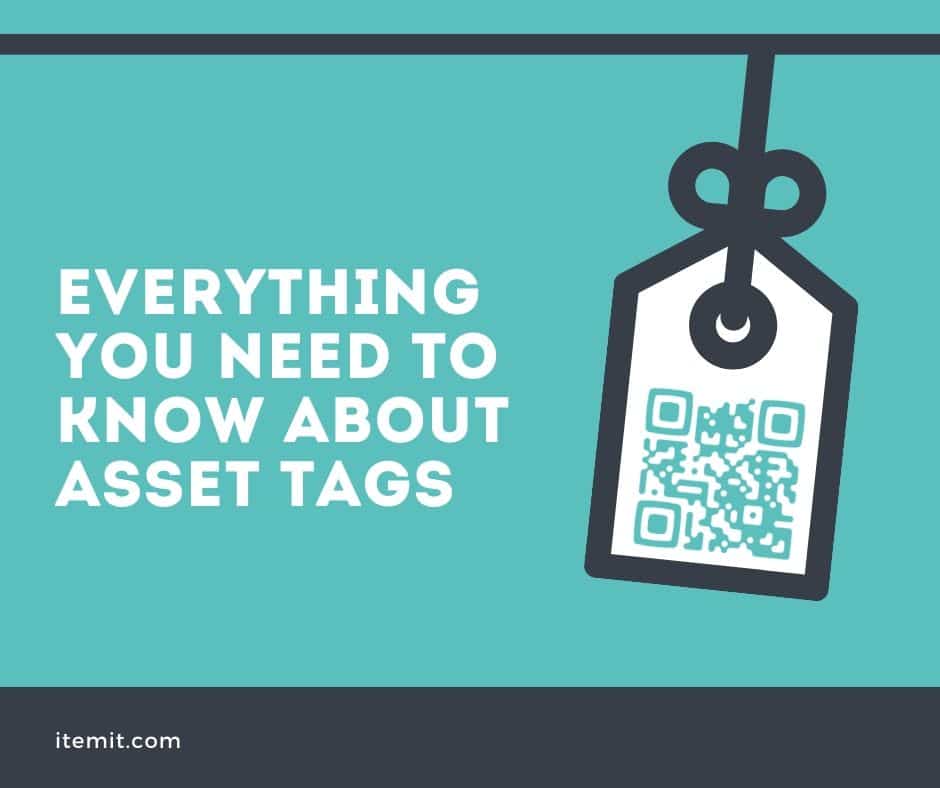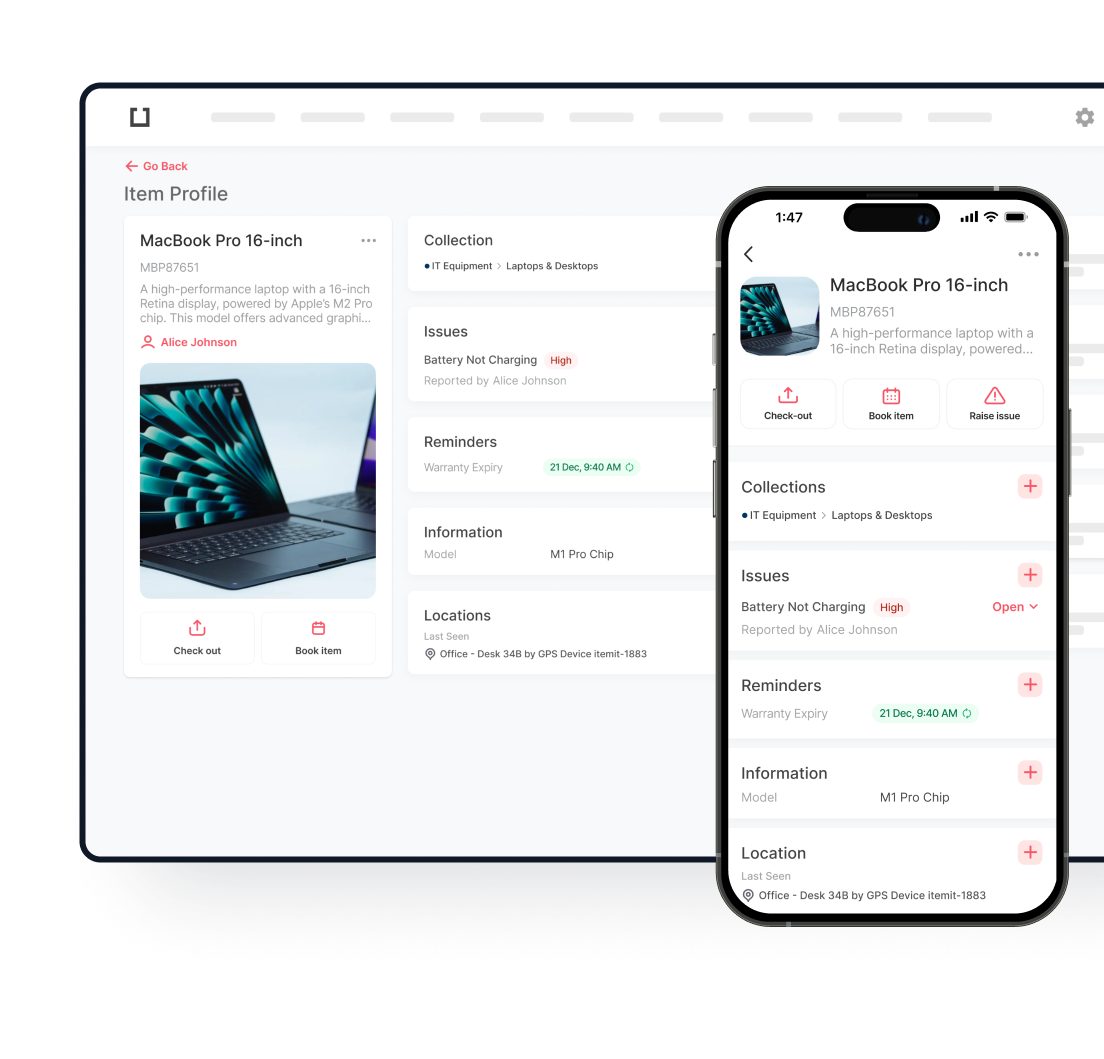
Asset tags come in different forms, but they all achieve the same thing. Asset tags are stuck onto your physical IT assets, tools and equipment to allow for each asset to be identified uniquely and so that you can access useful information about each item.
- Barcodes
- QR Codes
- RFID
- NFC
- GPS
- BLE
Barcodes
A barcode is a one-dimensional (1D) machine-readable code which is made up of a pattern of lines of varying widths. Barcodes are the most common auto-identification technology.
Barcodes decorate the packaging of almost every single thing that we buy and are relied upon heavily in the retail industry to monitor stock levels.
QR Codes
A QR Code is a type of matrix barcode. QR codes can contain many different types of data, and much more data than a barcode can hold as they are two dimensional, while barcodes are only one dimensional. The most common data held in QR codes are website URLs, email addresses, contact data and text information.
QR Codes are an increasingly popular choice when it comes to managing tools, equipment and IT assets. This is because QR codes make each asset unique, rather than just differentiating assets by type, as barcodes do.
RFID
RFID is a very clever asset tagging option as unlike many other asset tag varieties, and the tags do not need to be visible in order to be scanned. There are two types of RFID tags available, passive and active. Read more about the different types and a comparison of QR codes Vs RFID codes here.
As a result of this unique trait, RFID is very popular in logistics and manufacturing asset tracking. It’s also a very good option when it comes to tracking high-value collections.
NFC
NFC or near-field communication is somewhat similar to the behaviour of RFID except that the tag must be scanned from a shorter distance than RFID. Usually, this is within about 4cm, whereas with RFID tags, it’s possible to scan tags from several metres away.
A great benefit of NFC is that both Android and iOS smartphones are now capable of scanning NFC tags, whereas RFID tags can still only be scanned using a dedicated RFID reader.
GPS
GPS tags and trackers, otherwise known as global positioning system trackers are fundamentally different from RFID tags. GPS tags do not need to be scanned or detected by a smartphone or RFID reader in order to be ‘read’, instead, they communicate with satellites to request their coordinates, and this is usually displayed to you as a GPS address.
GPS tags are one of the most superior ways we have at our disposal for tracking tools and equipment in real-time. However, as the tags are required to be much more powerful, their battery life and cost suffer.
BLE
Bluetooth low energy tags, or BLE tags, offer something different again. Whereas most other tagging options allow for one way communication only, Bluetooth tags and enabled devices allow for two way communication.
A common usage of BLE tags is therefore on sets of things we usually carry together, always needed but often misplaced. Such as our phones, wallets and keys. If each item has a BLE tag, it can communicate with those on the other items to let us know where they are.
Right now, we’ve got a fairly impressive variety of tagging options to choose from. However, we are at the very start of a revolution that will completely transform the way we manage assets. In the not too distant future, we will live in a world where sensors and real-time trackers that form the infrastructure of the Internet of Things (IoT) will monitor and control every aspect of our lives.

Try itemit
Choose a better way to track
your assets.
Start your free 14-day trial now!

Keep Learning
itemit Blog
Tips, guides, industry best practices, and news.
Track Your Agricultural Assets With RFID Tags
Discover how RFID technology enhances agriculture management with better inventory tracking, livestock monitoring, and operational efficiency, even for small farms.
Which Is Better? RFID Tags Or Barcodes?
Is RFID asset tracking better than using barcodes or is it vice versa? Read this post now to discover which option is ideal for you!
The Future Of Asset Tracking Involves RFID Tags: Here’s Why
Find out exactly why the future of asset tracking in the workplace involves RFID asset tracking by reading this article now!


